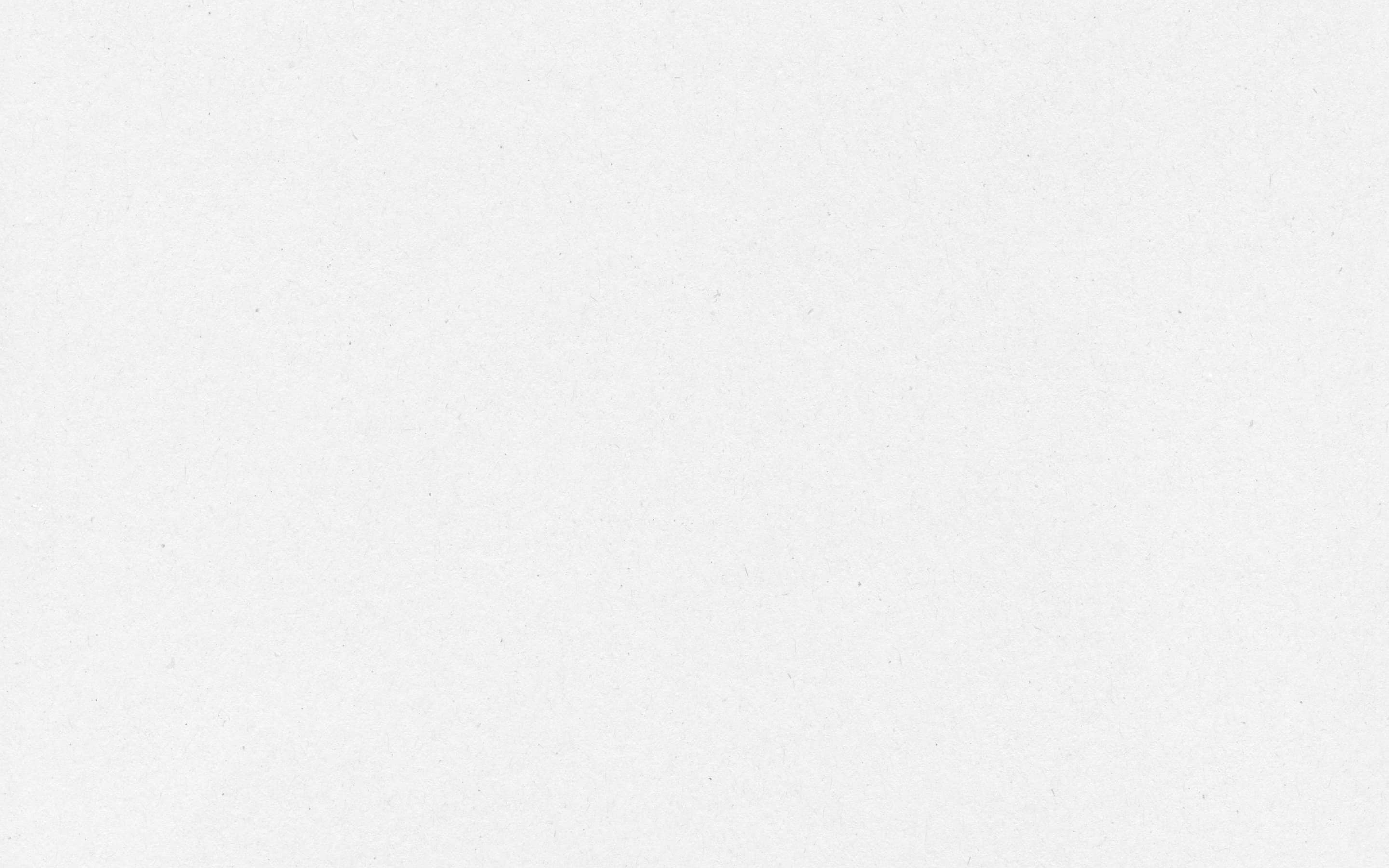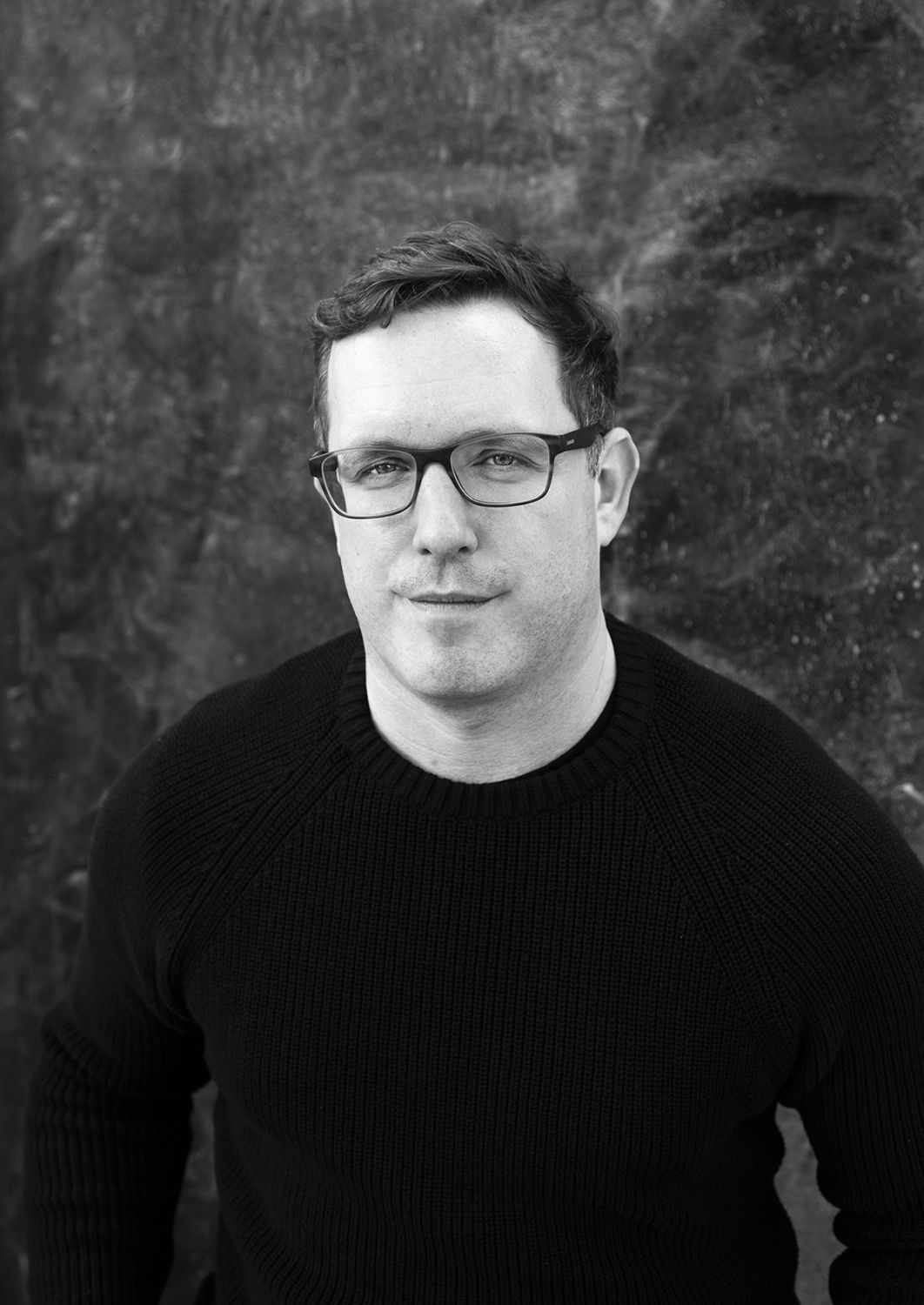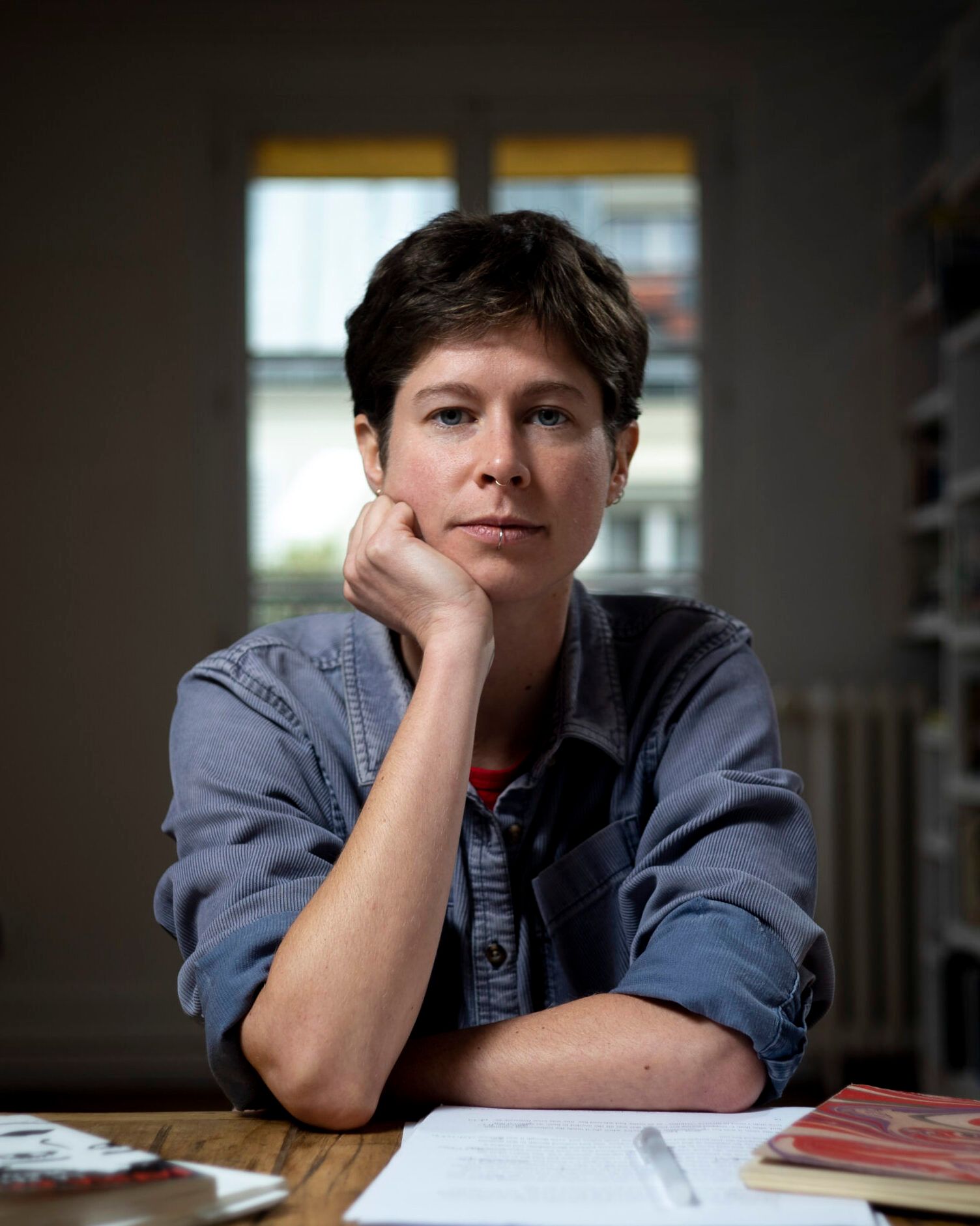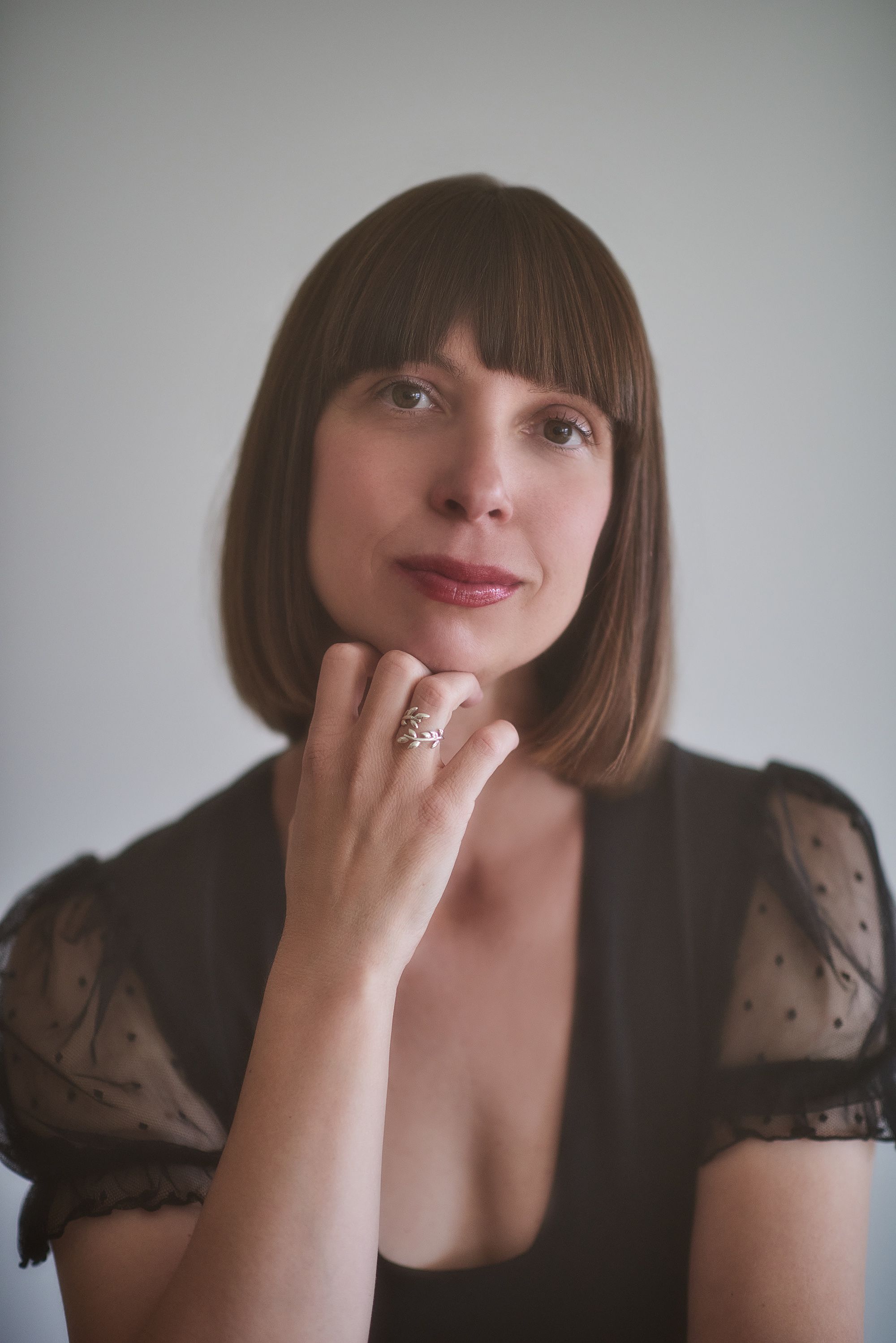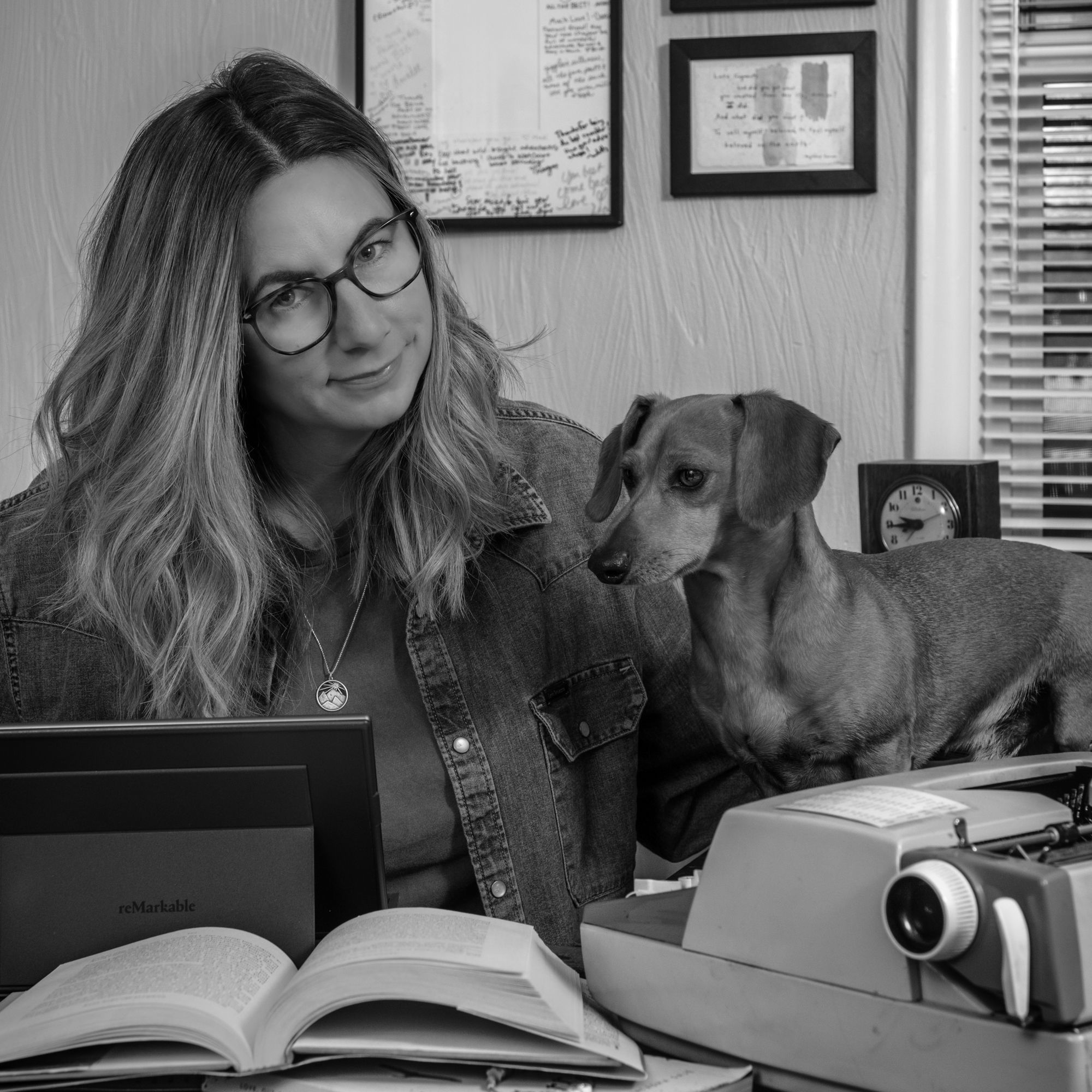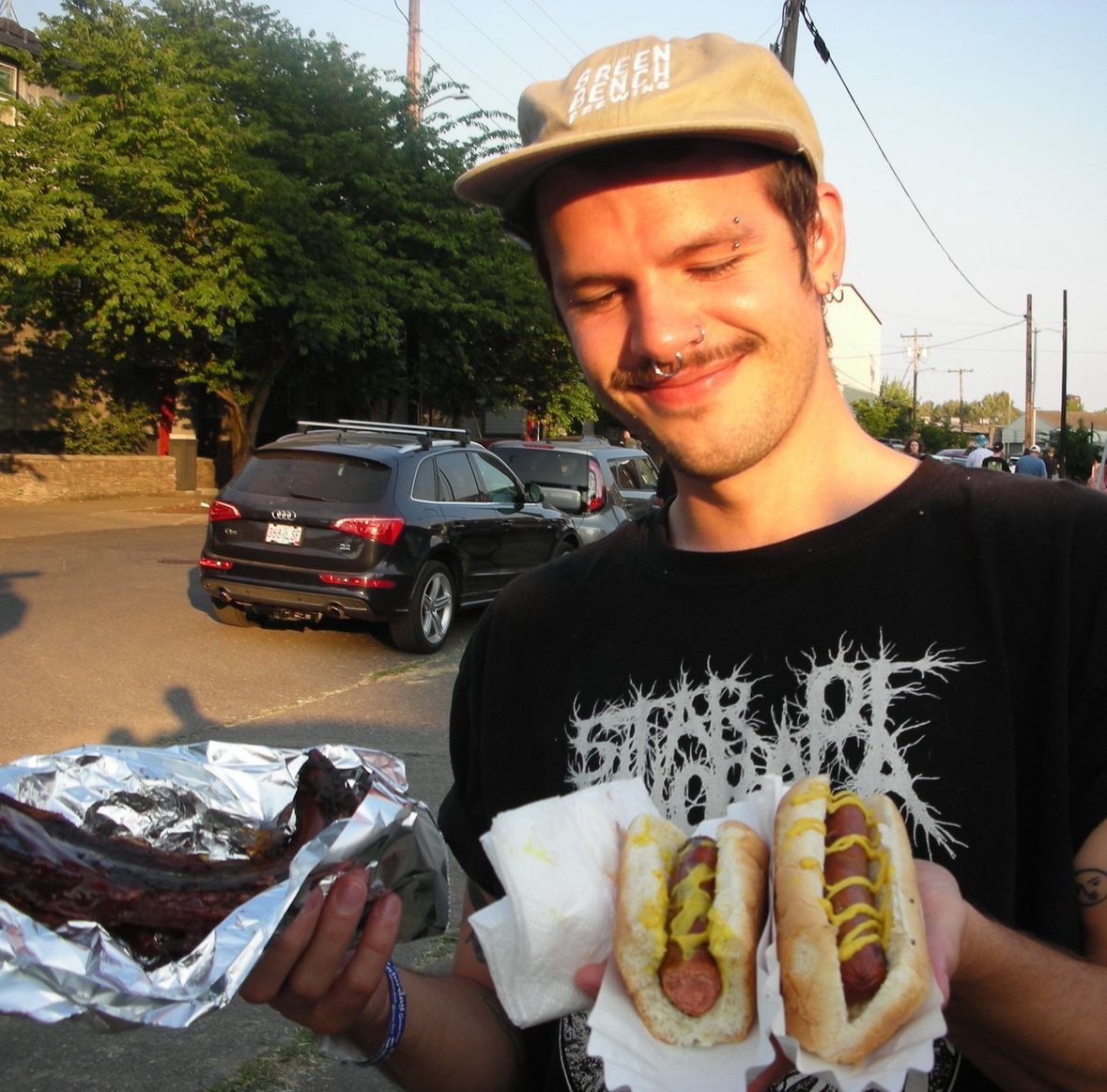Jesse Lee Kercheval is a poet, writer, memoirist, translator, visual artist, and emeritus professor at the University of Wisconsin. She divides her time between Madison, Wisconsin, and Montevideo, Uruguay. Born in Fontainebleau, France, and raised in Washington, D.C., and Cocoa, Florida, she earned her MFA from the Iowa Writers' Workshop.
With an extensive list of publication and translation credits to her name, her creative ambitions know no bounds. Her wide-ranging interests include silent films, Rioplatense Spanish, and, more recently, drawing—an art form she began exploring during the COVID-19 pandemic with a box of colored pencils.
We discussed her forthcoming graphic memoir, French Girl (Fieldmouse Press, 2024), which features her colorfully surreal and moody illustrations.
How Illustration and Text Come Together: A Conversation with Jesse Lee Kercheval
How Illustration and Text Come Together: A Conversation with Jesse Lee Kercheval

Jamie Li: Tell me about yourself, your work, and how French Girl fits into the trajectory of your life as an artist and writer.
Jesse Lee Kercheval: First I went to the Iowa Writers Workshop for an MFA in fiction, but I was writing poetry at the same time. Then, I came to Wisconsin to teach at the University of Wisconsin-Madison, where I taught and ended up teaching for 35 years.
Starting in 2010, I went to South America to immerse myself in and learn Spanish. My other hat I wear, besides being a writer, is that I translate Uruguayan poetry from Spanish to English. Sometimes I think of myself as an unpaid intern in Uruguayan poetry.
I wrote a memoir called Space about growing up in Florida, so in some ways, to write even a graphic memoir seems a continuation of that. I had never drawn before in my life until I got locked down in Montevideo, Uruguay in 2020 at the very start of the pandemic. I went to the grocery store one week, got some colored pencils, and just started drawing.
JL: Where do you get your visual inspiration from as an illustrator? How did your style start to form?
JLK: I think the reason I could imagine getting a pack of colored pencils and drawing when I've never drawn before is because I teach at the same university as, who I always call “the queen of comics,” Lynda Barry. We’ve shared students over the years. She's very much in the “everyone can draw” school of thought and uses colored pencils a lot. At first, I would try to draw things that were realistic, a houseplant that I saw out the window, or a piece of fruit.
When I finally got back to the United States, there was an explosion of online classes. I took classes from the Center for Book Arts in New York and the Royal Drawing School in London. Eventually, I got to take an in-person class for a semester with Lynda Barry, which was so much work it almost killed me.
The biggest thing I had to learn wasn’t an illustration style. It was how the words and images need to be different and feed each other. At first, in the classes I took, I wrote the word ‘apple’ and drew an apple. You’re not supposed to do that unless you’re doing a children’s book. So, that was a struggle for me: to not just illustrate but let the art be the art. So now the art comes first and the words next. That keeps me from allowing the stronger side of me—the words—to control the art.
JL: As you worked on French Girl, which came to you first, the images or the text? Or did it all kind of coalesce?
JLK: Putting these graphic pieces together is a little more like the way I write poems. When I start a poem and I know where it’s going, it will not be a good poem. It just has to start off and find its way. Whereas when I write prose, I wouldn’t say I write down an outline, but I have it more ticked off in my head.
The way the graphic pieces work, the images have to have their own power. I don’t just think, “Now I need to draw a picture of a boy with a ball because the story says it.” The piece has to at least start, and then I fill in with something that I know I want from the image.
JL: The mood of each essay is facilitated a lot by color. “Pink” stood out because of its use of pink, and “Not an Angel” uses a lot of grays and browns. How does color figure into your storytelling process?
JLK: “Pink” is the essay where I specifically thought about color. It's about someone giving me a box of supposedly red soft pastels and me being shocked that half of them are pink. All my life, I hated the color pink, and so it's an essay about that and how I try to come to terms with it, which I do by the end of the piece.
For other essays, it's more about mood. For example, I got obsessed with doing women with red hair because once my mother told me that women with red hair are brave, in a family where no one has red hair. And it’s imaginary, but the colors began to mean something to me, and sometimes I get on a kick with them. Then I started doing aquas and oranges together—I liked the idea that the colors were so shockingly not realistic. Again, it’s more like the way I write a poem since I’m feeling what the color means rather than deciding to do it a certain way.
JL: How did the medium of a graphic essay or illustration in general help you expand on the themes in French Girl, compared to just prose?
JLK: For one thing, you don’t have to describe things. When you do put in the description, it’s meant to shape a piece. I’ll have a few notes written down, things that seem to want to go with the image. In French Girl, each page is a single image with a little cloud bubble that has a few words in it. And if you add too much it overweights the page. So you just keep looking at it and saying, “What isn’t in the picture? What do I have to say?” And almost every draft, I cut it and cut it.
JL: What has the process of expanding into a new medium taught you about yourself as an artist?
JLK: It has made me feel that there is no difference. When I went to the Iowa Writers Workshop, it felt like there was one door that said “fiction writers,” and another that said “poets,” and we were told to get with the program. What I’ve learned along the way is that they’re all words.
I also actually believed that I was not very good at languages, even though I was born in France, so I spoke French before English. When I decided to throw myself into Spanish, it opened a new world to constantly think in two languages, as a translation does to you. And I thought, why did I think I couldn't do it?
With drawing, I never drew, I never thought about it, yet I love looking at art. And then I realized it’s the same thing. Writing starts out as drawing.
Now I don't know why I was so sure there was a huge difference between them. They're all ways of trying to get across what we want to say.
JL: What projects are you excited to take on next?
JLK: I want to do another book, but I'm not quite sure what, and so I'm at that poking around stage. I think I want to try a different medium, maybe watercolor. I might want to do a graphic novel instead of another memoir, but I really don't know. I have several translation projects and this enormous anthology called Flora raras [Escondido País], 500 pages of 55 Uruguayan women poets, that just came out. I have my Spanish language life too. But I’m always working on something.
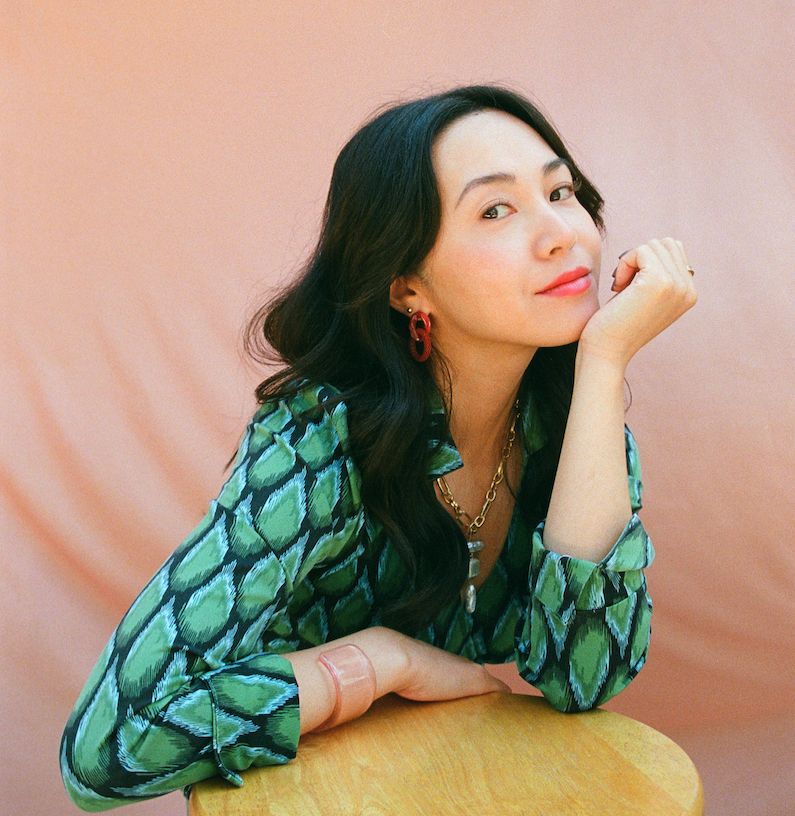
Jamie Li
Managing Editor & Associate Fiction Editor
Jamie Li (she/her) is a San Diego-based fiction writer, product marketer in the technology industry, and MFA candidate at the Vermont College of Fine Arts. A VONA/Voices alum, her writing has been published in Slant’d Magazine, Mangoprism, Lit Mag News and other publications.

